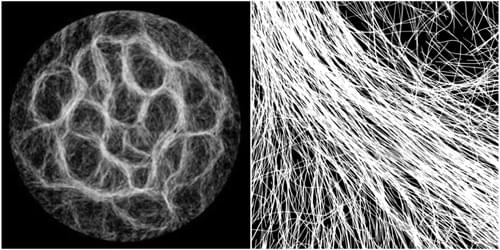Researchers catalogue more than 3,000 different types of cell in our most complex organ.
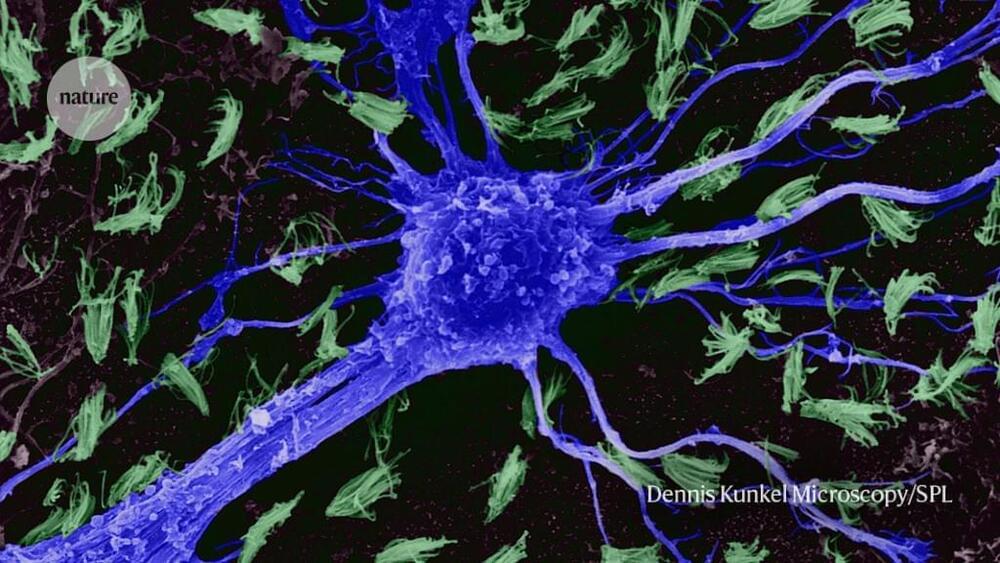


An international team of scientists, including from the University of Cambridge, have launched a new research collaboration that will leverage the same technology behind ChatGPT to build an AI-powered tool for scientific discovery.
While ChatGPT deals in words and sentences, the team’s AI will learn from numerical data and physics simulations from across scientific fields to aid scientists in modeling everything from supergiant stars to the Earth’s climate.
The team launched the initiative, called Polymathic AI earlier this week, alongside the publication of a series of related papers on the arXiv open access repository.

I dont really care where it comes from but we need Crispr tec to be where any alteration we do want causes Zero un intended alterations any where else 100% of the time, aim for by 2030–2035 window.
A diverse set of species, from snails to algae to amoebas, make programmable DNA-cutting enzymes called Fanzors—and a new study from scientists at MIT’s McGovern Institute for Brain Research has identified thousands of them. Fanzors are RNA-guided enzymes that can be programmed to cut DNA at specific sites, much like the bacterial enzymes that power the widely used gene-editing system known as CRISPR. The newly recognized diversity of natural Fanzor enzymes, reported Sept. 27 in the journal Science Advances, gives scientists an extensive set of programmable enzymes that might be adapted into new tools for research or medicine.
“RNA-guided biology is what lets you make programmable tools that are really easy to use. So the more we can find, the better,” says McGovern Fellow Omar Abudayyeh, who led the research with McGovern Fellow Jonathan Gootenberg.
CRISPR, an ancient bacterial defense system, has made it clear how useful RNA-guided enzymes can be when they are adapted for use in the lab. CRISPR-based genome editing tools developed by MIT professor and McGovern investigator Feng Zhang, Abudayyeh, Gootenberg, and others have changed the way scientists modify DNA, accelerating research and enabling the development of many experimental gene therapies.

For most of us, the passage of time flies in just one inexorable direction.
But for theoretical quantum physicists, time’s direction isn’t quite so inflexible. It’s possible to theoretically model, simulate, and observe the backwards flow of time in ways that are impossible to achieve in the real world.
And now, scientists have shown that simulations of backwards time travel can help solve physics problems that cannot be resolved with normal physics.
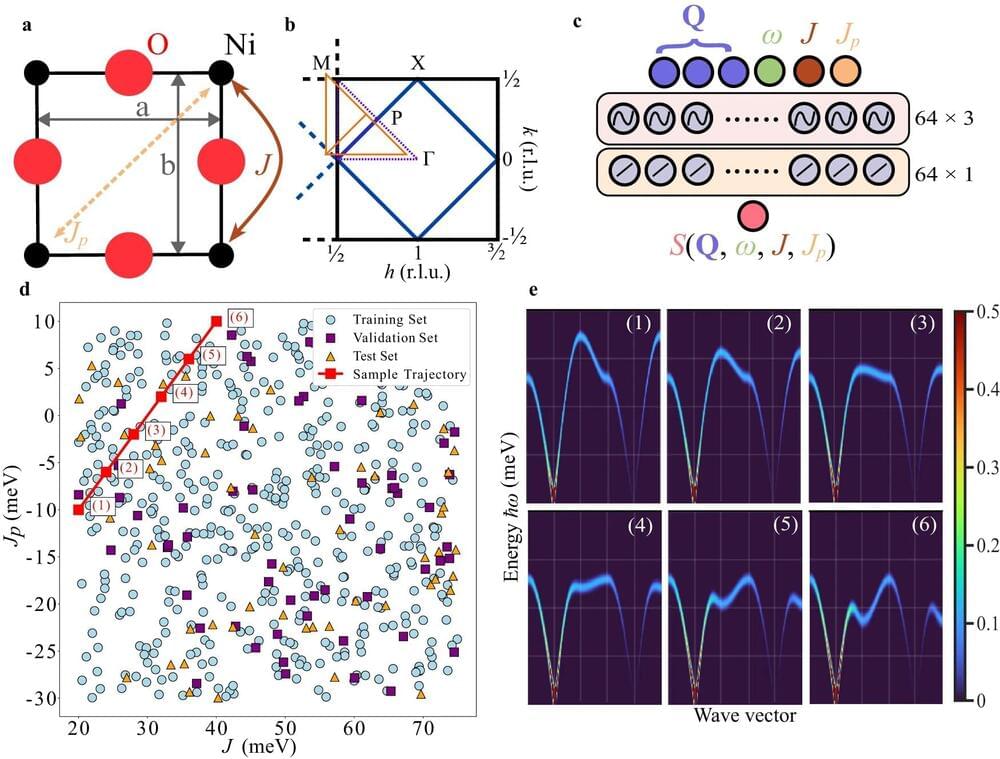
Researchers at the Department of Energy’s SLAC National Accelerator Laboratory have demonstrated a new approach to peer deeper into the complex behavior of materials. The team harnessed the power of machine learning to interpret coherent excitations, collective swinging of atomic spins within a system.
This groundbreaking research, published recently in Nature Communications, could make experiments more efficient, providing real-time guidance to researchers during data collection, and is part of a project led by Howard University including researchers at SLAC and Northeastern University to use machine learning to accelerate research in materials.
The team created this new data-driven tool using “neural implicit representations,” a machine learning development used in computer vision and across different scientific fields such as medical imaging, particle physics and cryo-electron microscopy. This tool can swiftly and accurately derive unknown parameters from experimental data, automating a procedure that, until now, required significant human intervention.
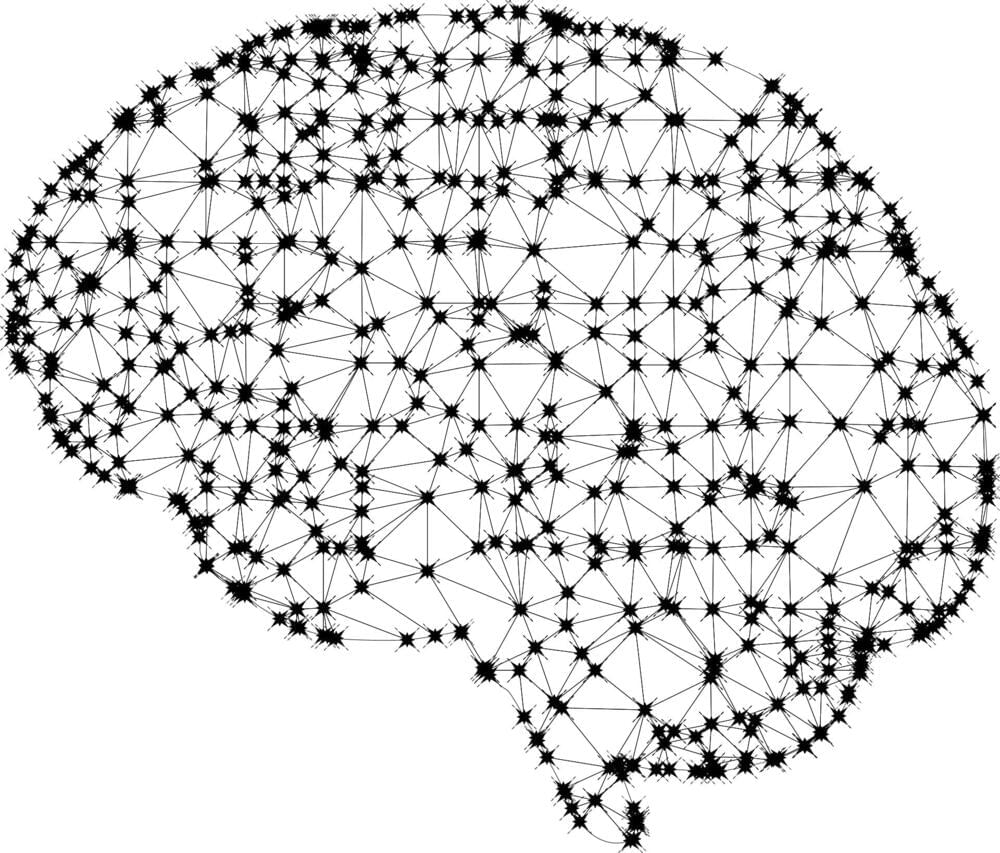
Large Language Models (LLMs) such as ChatGPT and Bard have taken the world by storm this year, with companies investing millions to develop these AI tools, and some leading AI chatbots being valued in the billions.
These LLMs, which are increasingly used within AI chatbots, scrape the entire Internet of information to learn and to inform answers that they provide to user-specified requests, known as “prompts.”
However, computer scientists from the AI security start-up Mindgard and Lancaster University in the UK have demonstrated that chunks of these LLMs can be copied in less than a week for as little as $50, and the information gained can be used to launch targeted attacks.
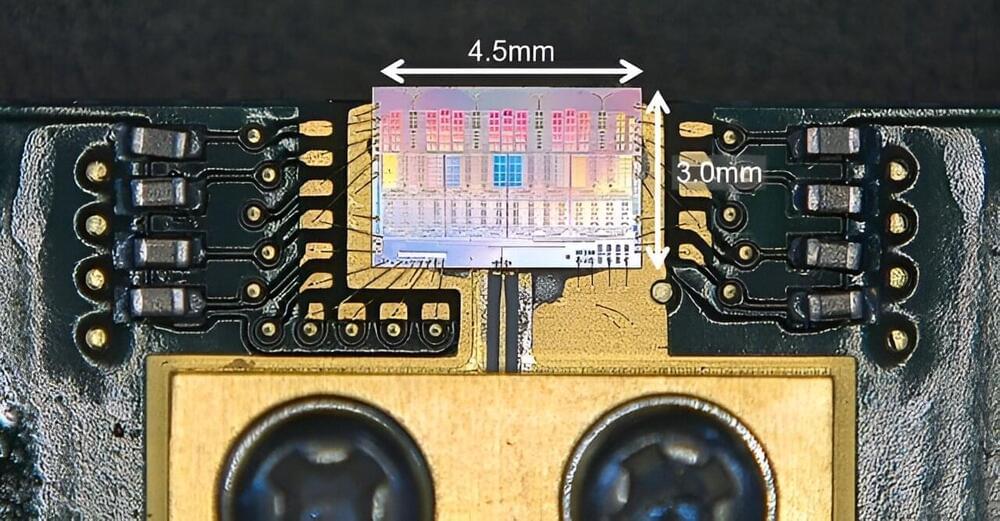
NEC Corporation has developed a 150 GHz transmitter IC chip and supporting technologies in preparation for Beyond 5G and 6G mobile access radio communication systems. According to an NEC survey, this is the first demonstration of preferred beam steering performance with 4-channel Antenna-on-Chip (AoC) IC technology using On the Air (OTA) radiation pattern measurement.
Based on innovative RF circuit design technology, it has become possible to integrate 150 GHz phased array antenna elements, phase shifters and transmission amplifiers into a single chip. The 22-nm SOI-CMOS technology used for manufacturing this IC is cost effective, suitable for mass production, and has the ability to support large scale integration of digital, analog and RF functionalities in a chip.
This allows for both higher frequencies and smaller sizes, which also contributes to lower Total Cost of Ownership (TCO) and potentially accelerates social implementation.
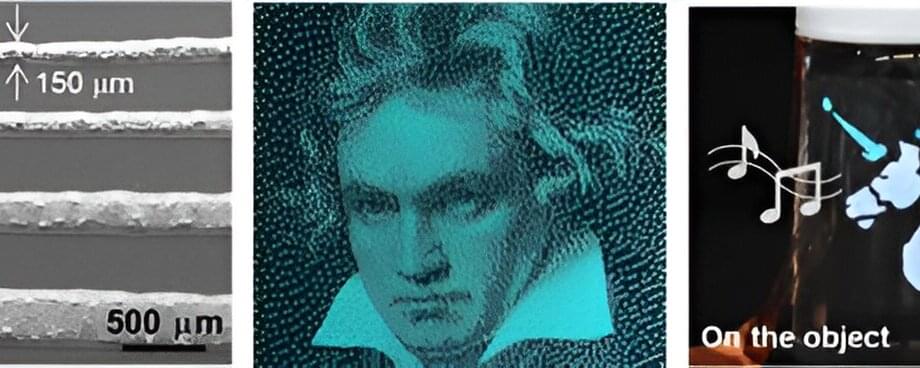
The future of human-machine interfaces is on the cusp of a revolution with the unveiling of a groundbreaking technology—a stretchable high-resolution multicolor synesthesia display that generates synchronized sound and light as input/output sources. A research team, led by Professor Moon Kee Choi in the Department of Materials Science and Engineering at UNIST, has succeeded in developing this cutting-edge display using transfer-printing techniques, propelling the field of multifunctional displays into new realms of possibility.
The team’s research is published in the journal Advanced Functional Materials.
Traditionally, multifunctional displays have been confined to visualizing mechanical and electrical signals in light. However, this pioneering stretchable synesthesia display shatters preconceived boundaries by offering unparalleled optical performance and precise sound pressure levels. Its inherent stretchability ensures seamless operation under both static and dynamic deformation, preserving the integrity of the sound relative to the input waveform.
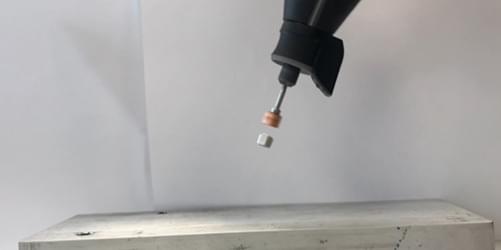
A detailed experimental analysis explains the forces by which a spinning magnet can cause another magnet to levitate in midair.
Magnetic levitation is common in floating trains and high-speed machinery, but two years ago, a new type of levitation was discovered that uses a rapidly rotating magnet to suspend a second magnet in the air. Researchers have now clarified that this phenomenon originates from slight tilts in the magnetic axes of the magnets relative to their rotational axes [1]. The research team’s experimental and theoretical work reveals surprises about how magnetic levitation works. The new technique could one day be used as a contact-free tool for manipulating objects.
If you bring together two toy magnets with their north poles facing each other, they will repel each other. You might be tempted to try and use that repulsion to counter the force of gravity by placing one magnet beneath the other. However, common experience shows that this balancing act is unstable.
